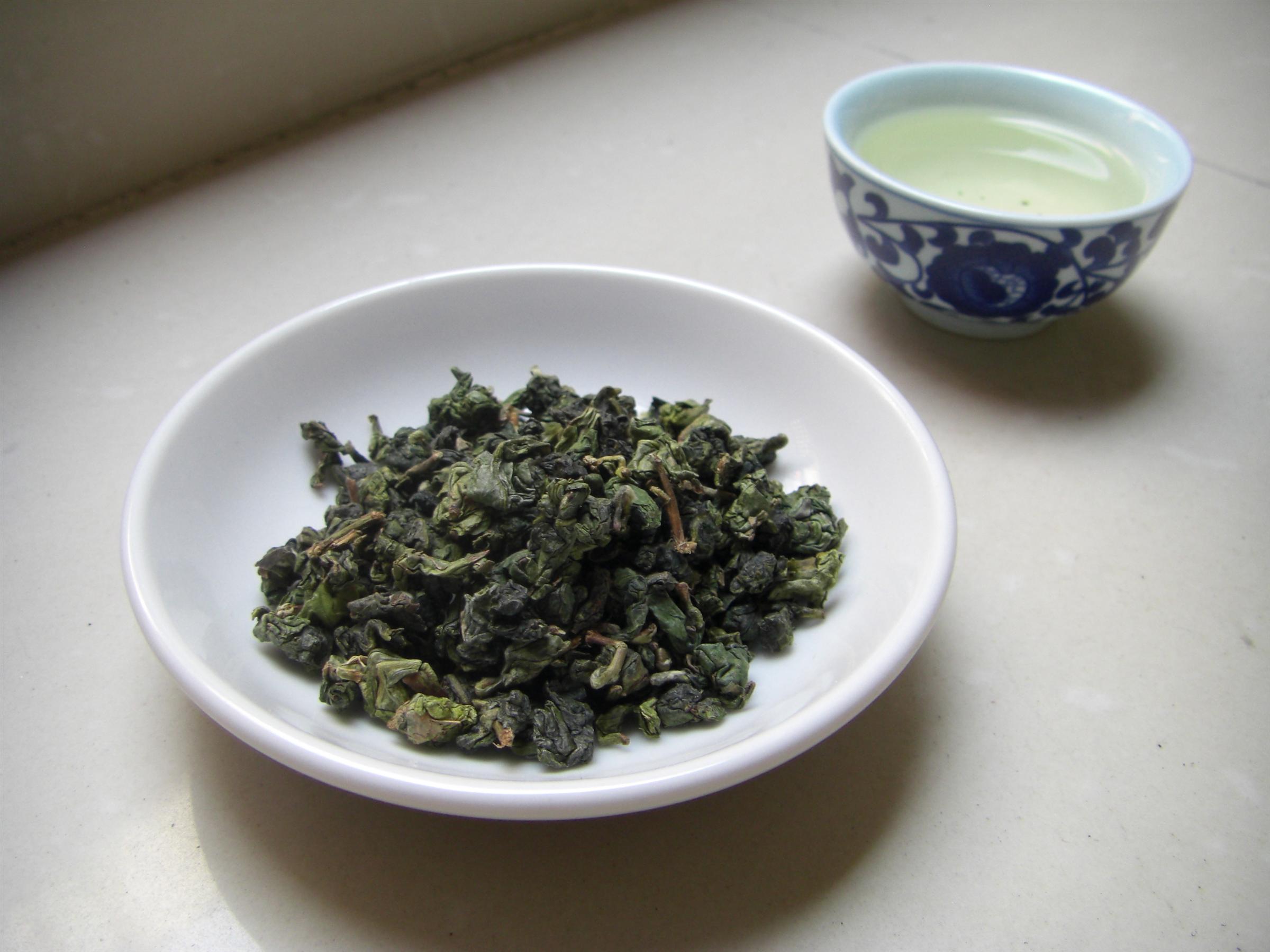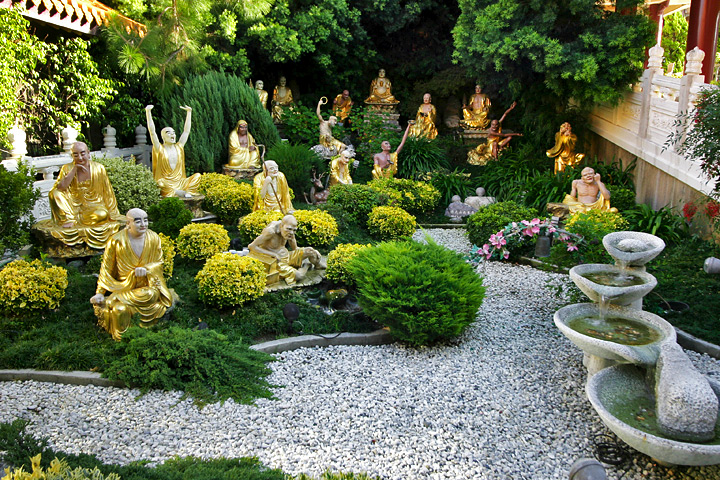|
Tieluohan Tea
Tieluohan or Tie Luo Han (; pronounced ) is one of the Four Great Oolongs and a light Wuyi tea. Tieluohan is the cultivar responsible for one of the four best known ''Yán chá'', "rock teas" grown on cliffs in the Wuyi Mountains in northern Fujian Province, China. Legend tells that this tea was created by a powerful warrior monk with golden-bronze skin, hence the name ''Tieluohan'', which means "Iron Arhat In Buddhism, an ''Arhat'' () or ''Arahant'' (, 𑀅𑀭𑀳𑀦𑁆𑀢𑁆) is one who has gained insight into the true nature of existence and has achieved ''Nirvana (Buddhism), Nirvana'' and has been liberated from the Rebirth (Buddhism ..." or "Iron Warrior Monk". The color of the leaf is an intense green and the resulting tea is of a lighter color. The taste of the tea should be full-bodied and supple, with gentle floral notes and the traditional long-lasting finish. See also * Four Great Oolongs (Si Da Ming Cong) Wuyi tea Oolong tea Chinese teas ... [...More Info...] [...Related Items...] OR: [Wikipedia] [Google] [Baidu] |
Tieguanyin
''Tieguanyin'' (; Standard Chinese pronunciation ) is a variety of Chinese oolong tea that originated in the 19th century in Anxi in Fujian province. Tieguanyin produced in different areas of Anxi have different gastronomic characteristics. Name The tea is named after the Chinese Goddess of Mercy Guanyin, Guanyin is an embodiment of Avalokiteśvara Bodhisattva. Other spellings and names include "Ti Kuan Yin", "Tit Kwun Yum", "Ti Kwan Yin", "Iron Buddha", "Iron Goddess Oolong", and "Tea of the Iron Bodhisattva". It is also known in its abbreviated form as "TGY". Legends There are two legends behind this tea: Wei and Wang. Wei legend In Fujian's Anxi County, there was a run-down temple which held an iron statue of Guanyin, the Bodhisattva of Compassion. Every day on the walk to his tea fields, a poor farmer named Wei would pass by and reflect on the temple's worsening condition. "Something has to be done," he thought. Being poor, Wei did not have the means to repair the ... [...More Info...] [...Related Items...] OR: [Wikipedia] [Google] [Baidu] |
Oolong Tea
Oolong or Wulong (, ; ; , "black dragon" tea) is a traditional semi-oxidized Chinese tea (''Camellia sinensis)'' produced through a process that includes withering the leaves under strong sun and allowing some oxidation to occur before curling and twisting.Zhongguo Chajing pp. 222–234, 271–282, 419–412, chief editor: Chen Zhongmao, publisher: Shanghai Wenhua Chubanshe (Shanghai Cultural Publishers) 1991. Most oolong teas, especially those of fine quality, involve unique tea plant cultivars that are exclusively used for particular varieties. The degree of oxidation, which is controlled by the length of time between picking and final drying, can range from 8% to 85% depending on the variety and production style. Oolong is especially popular in southeastern China and among ethnic Chinese in Southeast Asia, as is the Fujian preparation process known as the gongfu tea ceremony. Different styles of oolong tea can vary widely in flavor. They can be sweet and fruity with honey a ... [...More Info...] [...Related Items...] OR: [Wikipedia] [Google] [Baidu] |
Mount Wuyi
The Wuyi Mountains or Wuyishan ( zh, c=武夷山, p=Wǔyí Shān, poj=Bú-î-soaⁿ; formerly known as Bohea Hills in early Western documents) are a mountain range located in the prefecture of Nanping, in northern Fujian province near the border with Jiangxi province, China. The highest peak in the area is Mount Huanggang at on the border of Fujian and Jiangxi, making it the highest point of both provinces; the lowest altitudes are around . Many oolong and black teas are produced in the Wuyi Mountains, including Da Hong Pao ('big red robe') and lapsang souchong, and are sold as Wuyi tea. The mountain range is known worldwide for its status as a refugium for several rare and endemic plant species, its dramatic river valleys, and the abundance of important temples and archeological sites in the region, and is a UNESCO World Heritage Site. The Wuyi Mountains are located between Wuyishan City of the Nanping prefecture in northwest Fujian province, and the town of Wuyishan w ... [...More Info...] [...Related Items...] OR: [Wikipedia] [Google] [Baidu] |
Fujian
Fujian is a provinces of China, province in East China, southeastern China. Fujian is bordered by Zhejiang to the north, Jiangxi to the west, Guangdong to the south, and the Taiwan Strait to the east. Its capital is Fuzhou and its largest prefecture city by population is Quanzhou, with other notable cities including the port city of Xiamen and Zhangzhou. Fujian is located on the west coast of the Taiwan Strait as the closest province geographically and culturally to Taiwan; as a result of the Chinese Civil War, a small portion of historical Fujian is administered by Taiwan, romanized as Fuchien Province, Republic of China, Fuchien. While the population predominantly identifies as Han Chinese, Han, it is one of China's most culturally and linguistically diverse provinces. The dialects of the language group Min Chinese are most commonly spoken within the province, including the Fuzhou dialect and Eastern Min of Northeastern Fujian province and various Southern Min and Hokkien dial ... [...More Info...] [...Related Items...] OR: [Wikipedia] [Google] [Baidu] |
China
China, officially the People's Republic of China (PRC), is a country in East Asia. With population of China, a population exceeding 1.4 billion, it is the list of countries by population (United Nations), second-most populous country after India, representing 17.4% of the world population. China spans the equivalent of five time zones and Borders of China, borders fourteen countries by land across an area of nearly , making it the list of countries and dependencies by area, third-largest country by land area. The country is divided into 33 Province-level divisions of China, province-level divisions: 22 provinces of China, provinces, 5 autonomous regions of China, autonomous regions, 4 direct-administered municipalities of China, municipalities, and 2 semi-autonomous special administrative regions. Beijing is the country's capital, while Shanghai is List of cities in China by population, its most populous city by urban area and largest financial center. Considered one of six ... [...More Info...] [...Related Items...] OR: [Wikipedia] [Google] [Baidu] |
Wuyi Tea
Wuyi tea, also known by the trade name Bohea in English, is a category of black tea, black and oolong teas grown in the Wuyi Mountains of northern Fujian, China. The Wuyi region produces a number of well-known teas, including Lapsang souchong and Da Hong Pao. It has historically been one of the major centers of tea production in Fujian province and globally. Both black tea (excluding tea brick, brick tea) and oolong tea were likely invented in the Wuyi region, which continues to produce both styles today. Wuyi teas are prized because of the distinctive terroir of the mountainsides where they are grown. Because of the lower yield produced by tea bushes in such terrain, the resulting tea can be quite costly. Tea made from the leaves of older bushes is particularly expensive and limited in quantity. Da Hong Pao, collected from what are said to be the original bushes of its variety, is among the most expensive teas in the world, and more valuable by weight than gold. Commercial-grade ... [...More Info...] [...Related Items...] OR: [Wikipedia] [Google] [Baidu] |
Si Da Ming Cong Tea
Si Da Ming Cong () is a collective term referring to four famous Wuyi oolong tea Oolong or Wulong (, ; ; , "black dragon" tea) is a traditional semi-oxidized Chinese tea (''Camellia sinensis)'' produced through a process that includes withering the leaves under strong sun and allowing some oxidation to occur before curling ... bush varieties and the tea beverages made from them, namely: * Da Hong Pao ('Big Red Robe') * Shui Jin Gui ('Golden Water Turtle') * Tie Luo Han ('Iron Arhat') * Bai Ji Guan ('White Cockscomb') References Oolong tea Wuyi tea {{tea-stub ... [...More Info...] [...Related Items...] OR: [Wikipedia] [Google] [Baidu] |
Wuyi Mountains
The Wuyi Mountains or Wuyishan ( zh, c=武夷山, p=Wǔyí Shān, poj=Bú-î-soaⁿ; formerly known as Bohea Hills in early Western documents) are a mountain range located in the prefecture of Nanping, in northern Fujian, Fujian province near the border with Jiangxi, Jiangxi province, China. The highest peak in the area is Mount Huanggang at on the border of Fujian and Jiangxi, making it the highest point of both provinces; the lowest altitudes are around . Many oolong and black teas are produced in the Wuyi Mountains, including Da Hong Pao ('big red robe') and lapsang souchong, and are sold as Wuyi tea. The mountain range is known worldwide for its status as a Refugium (population biology), refugium for several rare and Endemism, endemic plant species, its dramatic river valleys, and the abundance of important temples and archeological sites in the region, and is a UNESCO World Heritage Site. The Wuyi Mountains are located between Wuyishan, Fujian, Wuyishan City of the Nanping ... [...More Info...] [...Related Items...] OR: [Wikipedia] [Google] [Baidu] |
Arhat
In Buddhism, an ''Arhat'' () or ''Arahant'' (, 𑀅𑀭𑀳𑀦𑁆𑀢𑁆) is one who has gained insight into the true nature of existence and has achieved ''Nirvana (Buddhism), Nirvana'' and has been liberated from the Rebirth (Buddhism), endless cycle of rebirth. The understanding of the concept has changed over the centuries, and varies between different schools of Buddhism and different regions. A range of views on the attainment of arhats existed in the early Buddhist schools. The Sarvastivada, Sarvāstivāda, Kāśyapīya, Mahāsāṃghika, Ekavyāvahārika, Lokottaravāda, Bahuśrutīya, Prajñaptivāda, and Caitika schools all regarded arhats as imperfect in their attainments compared to buddhahood, buddhas.Sree Padma. Barber, Anthony W. ''Buddhism in the Krishna River Valley of Andhra''. 2008. p. 44Warder, A.K. ''Indian Buddhism''. 2000. p. 277 Mahayana Buddhist teachings urge followers to take up the path of a bodhisattva, and to not fall back to the level of ... [...More Info...] [...Related Items...] OR: [Wikipedia] [Google] [Baidu] |
Chinese Teas
Chinese may refer to: * Something related to China * Chinese people, people identified with China, through nationality, citizenship, and/or ethnicity **Han Chinese, East Asian ethnic group native to China. **''Zhonghua minzu'', the supra-ethnic concept of the Chinese nation ** List of ethnic groups in China, people of various ethnicities in contemporary China ** Ethnic minorities in China, people of non-Han Chinese ethnicities in modern China ** Ethnic groups in Chinese history, people of various ethnicities in historical China ** Nationals of the People's Republic of China ** Nationals of the Republic of China ** Overseas Chinese, Chinese people residing outside the territories of mainland China, Hong Kong, Macau, and Taiwan * Sinitic languages, the major branch of the Sino-Tibetan language family ** Chinese language, a group of related languages spoken predominantly in China, sharing a written script (Chinese characters in traditional and simplified forms) *** Standard Chine ... [...More Info...] [...Related Items...] OR: [Wikipedia] [Google] [Baidu] |






